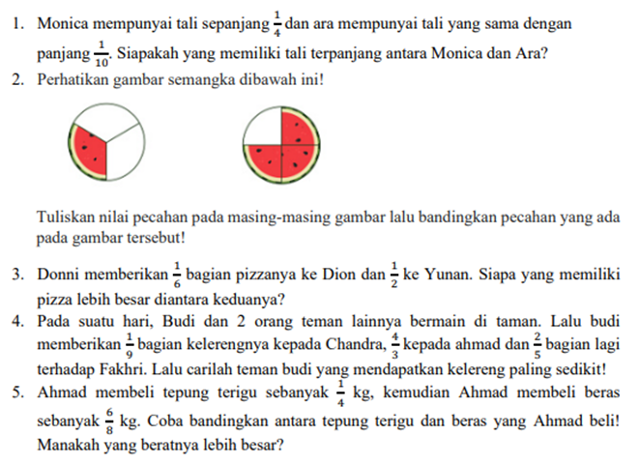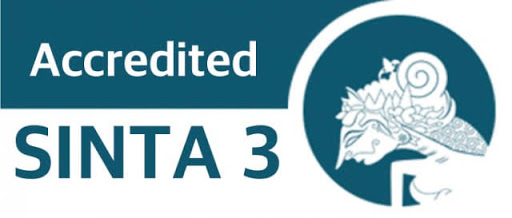Common errors analysis in solving problems of fractional number reviewed from Newman's theory
DOI:
https://doi.org/10.12928/ijei.v4i2.10291Keywords:
error analysis, comparing fractions, Newman's theoryAbstract
This research aims to describe common mistakes made by students in calculating fractional numbers, especially in comparing fractional numbers. For this reason, an analysis of the mistakes made by students is required. The subjects in this research were three students of SMP Muhammadiyah 1 Godean who were taken after fulfilling the requirements for selecting research subjects. Test and observation methods are the methods for collecting data. The data analysis technique used in this research is Newman's theory, of which there are 5 stages, namely: (1) reading stage, (2) understanding stage, (3) transformation stage, (4) process skills stage, and (5) Answer Writing Stage. This research shows that the errors made by students in general are: (1) Errors in reading and understanding questions, (2) Errors in reading mathematical comparison symbols, (3) Errors in changing the form of images presented to fractional numbers, and (4) Errors in calculating the LCM value between two denominators.
References
DEAS, H. D. (1960). ‘What Is Mathematics?’ Higher Education Quarterly, 14(1), 35–41. https://doi.org/10.1111/j.1468-2273.1960.tb01726.x
Haryati, Suyitno, & Junaedi. (2016). Analisis kesalahan siswa smp kelas vii dalam menyelesaikan soal cerita Pemecahan masalah berdasar prosedur newman. Unnes Journal of Mathematics Education (UJME), 5(1), 8–15. http://journal.unnes.ac.id/sju/index.php/ujme
Mahmudah, W. (2018). Analysis of Student Errors in Solving Hots Type Math Problems Based on Newman’s Theory. Jurnal UJMC, 4(1), 49–56.
Syahril, R. F., & Kartini, K. (2021). Analisis Kesalahan Siswa Berdasarkan Objek Matematika pada Materi Barisan dan Deret di Kelas XI SMA/MA. Jurnal Cendekia: Jurnal Pendidikan Matematika, 5(3), 2816–2825. https://doi.org/10.31004/cendekia.v5i3.766

Downloads
Published
Issue
Section
License
Copyright (c) 2023 Soffi Widyanesti Priwantoro, Vina Monica, Nabila Atika Fauzia, Larasati

This work is licensed under a Creative Commons Attribution-ShareAlike 4.0 International License.
Authors who publish with this journal agree to the following terms:
- Authors retain copyright with the work simultaneously licensed under a Creative Commons Attribution License that allows others to share the work with an acknowledgement of the work's authorship and initial publication in this journal.
- Authors are able to enter into separate, additional contractual arrangements for the non-exclusive distribution of the journal's published version of the work (e.g., post it to an institutional repository or publish it in a book), with an acknowledgement of its initial publication in this journal.
- Authors are permitted and encouraged to post their work online (e.g., in institutional repositories or on their website) prior to and during the submission process, as it can lead to productive exchanges, as well as earlier and greater citation of published work (See The Effect of Open Access).




